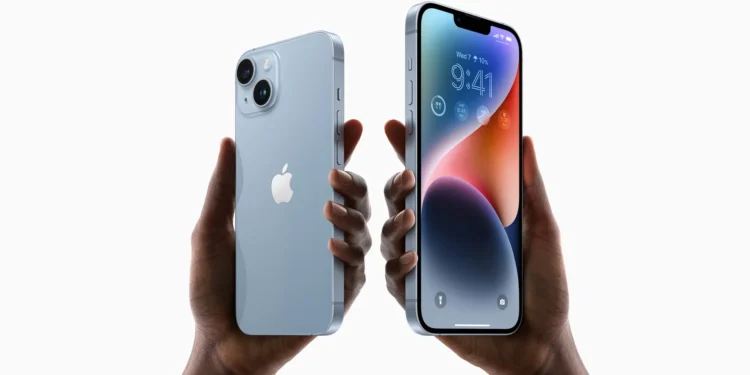Apple, known for its innovative technology and trend-setting designs, is reportedly planning a significant change to its iPhone lineup that could transform how users across the globe interact with their mobile devices. Sources indicate that starting next year, Apple will eliminate the physical SIM card tray from its iPhone models in several countries, further embracing the eSIM technology that was first introduced with the iPhone 14 series in the United States.

International Expansion and Market Implications
While Apple has already removed SIM card trays in its iPhone 14 through iPhone 16 models in the U.S., the expansion of this technology internationally with the upcoming iPhone 17 lineup signifies a major push towards a global standard. The move, however, raises questions about its implementation in markets like China, where eSIM technology has not yet been approved for use in smartphones. The adaptability of Apple’s strategy in such significant markets remains a key point of speculation among industry observers.
The Ultra-Thin iPhone 17 Air: What to Expect
In line with its strategy to streamline device design, Apple’s forthcoming “iPhone 17 Air” is reported to be the thinnest iPhone yet, with prototypes suggesting a thickness between 5mm and 6mm. This design innovation not only sets a new standard for sleek, lightweight mobile devices but also aligns with consumer preferences for more portable and less obtrusive technology.

However, this radical reduction in thickness raises questions about the device’s feature set and whether it will compromise on other functionalities, especially in terms of camera capabilities and battery life.
Broader Implications for the Mobile Industry
Apple’s gradual shift towards eSIM technology could catalyze a broader industry trend, influencing how other smartphone manufacturers and mobile carriers adapt their products and services. As eSIM becomes more prevalent, carriers will need to accelerate their support for this technology, which could lead to a more dynamic and flexible mobile market. This transition also promises to enhance the user experience by facilitating easier carrier switching and international travel, potentially transforming the global telecom landscape.

In conclusion, Apple’s plan to remove the SIM card tray in more countries is not just a technical change but a strategic move that could redefine mobile connectivity worldwide. As the iPhone 17 launch approaches, all eyes will be on Apple to see how this decision plays out in the global market and sets the pace for future technological innovations in the mobile sector.










